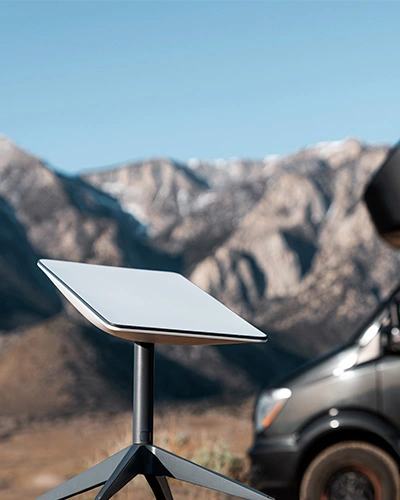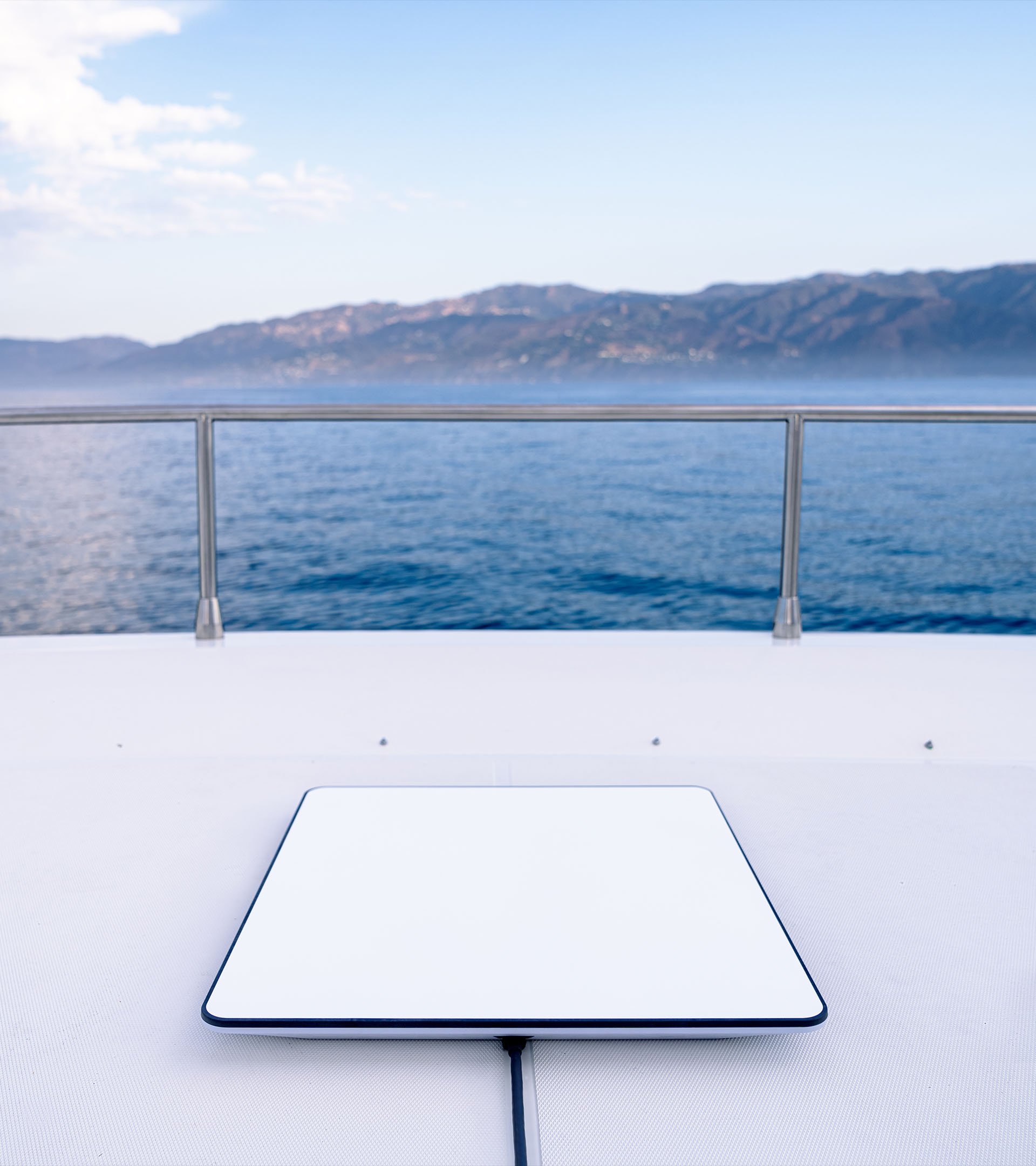Sep 8, 2023
In the vast expanse of satellite internet offerings, Starlink has emerged as a beacon of connectivity, promising high-speed internet virtually everywhere—be it on rugged terrains or the deep blue sea. As travelers and seafarers alike yearn for seamless connections, two of Starlink's services have garnered particular attention: Roam and Maritime. At first glance, they might seem interchangeable, but delve a little deeper and the distinctions become evident. Join us as we chart a course through the nuanced differences between these two Starlink offerings, ensuring you stay connected wherever your journey takes you.

Starlink Roam (now known as Roam):
- Purpose: Starlink Roam is designed for land-based mobile usage, specifically targeting individuals and entities that move around on land, like those traveling in vans, RVs, etc.
- Usage Limitations: Historically, some users reportedly utilized Roam for maritime purposes. However, this seemed to be against Starlink's intended use for the service.
- Enforcement: As of May 2023, Starlink has taken steps to restrict Roam's use at sea, urging those users to switch to the Maritime plan.
- Equipment: While the exact specifications of the Roam dish weren't provided, it's clear from the information that the standard dish isn't designed for in-motion usage at sea.
Starlink Roam Travel Kit w/Built-in Mounting Available for Rent

Starlink Maritime (also called Mobile Priority):
- Purpose: Starlink Maritime is specifically designed to provide internet access at sea. It caters mainly to vessels, cruises, and oil rigs, though other customers can access it as well.
- Speed: The service promises download speeds ranging from 40 Mbps to 220 Mbps, and upload speeds from 8 Mbps to 25 Mbps.
- Equipment: Maritime customers use the Flat High Performance Starlink dish. This dish is explicitly designed for maritime use and to provide redundancy and obstruction mitigation.
- Pricing Plans:
- $250 for 50 GB of priority access at sea.
- $1,000 for 1 TB.
- $5,000 for 5 TB.
- Usage Restrictions: Starlink Maritime is meant for on-sea usage and technically prohibits its use on land. However, after consuming the priority data at sea, users can still enjoy unlimited data on inland coverage (e.g., lakes, rivers) where Starlink operates.
Starlink High Performance Flat Panel with Travel Case and Mounting System Available to Rent
Key Differences:
- Intended Environment: Roam is for land-based mobile users, while Maritime is designed specifically for sea-based usage.
- Equipment: Maritime uses a Flat High Performance Starlink dish tailored for the challenges of sea-based connectivity.
- Enforcement and Usage: Starlink has recently enforced more stringent rules to prevent Roam users from accessing the service at sea, directing them instead to use the Maritime service.
In essence, while there may have been some overlap in the past due to users finding workarounds, Starlink seems to be delineating the two services more distinctly to ensure each user gets the best possible service for their environment.
If you are looking to rent a Starlink terminal, Satellite Phone Store offers a variety of rental packages. View Starlink options here.
Recent Posts
- Built Like a Tank – The Starlink Performance Kit Arrives for Extreme Ops
- Old vs. New Starlink Terminals – What Buyers Need to Know
- Starlink High Performance Panel Installation Guide: A Complete Setup Tutorial
- Starlink Satellite Internet and Off-Grid Camping: The Ultimate Guide to Remote Wilderness Connectivity
- 6 Reasons to Consider a Satellite Phone After Hurricane Season 2024
- Hurricanes: A Harsh Reminder to Be Prepared
- 10 Solid Reasons to Consider EscapeZone's Faraday Protection Products
- Satellite Phone Store Offers Reliable Communication Amidst Nationwide Verizon Outage
- Protect Your Devices from the Unseen: Why You Should Invest in a Faraday Bag
- Finding the Best Satellite Phone for Your Needs: A Comprehensive Guide









































































